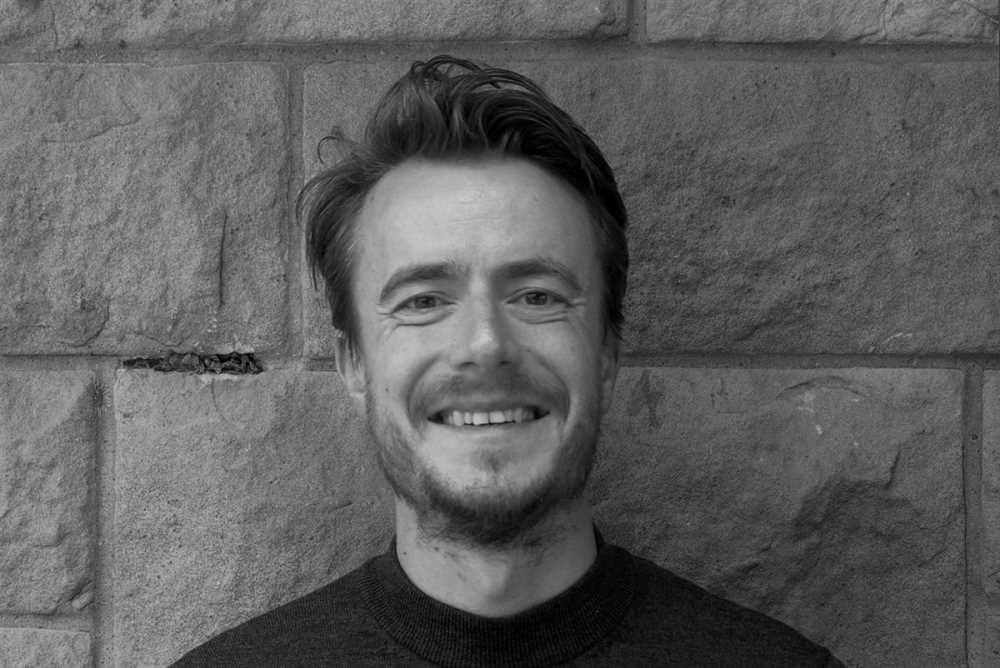Outdoor and social issues: interview with the architects of O’DonnellBrown Studio

From “Community classrooms” to the social vocation of the outdoors: an interview with the architects of Glasgow-based O’DonnellBrown studio
A dimension that symbolises post-pandemic recovery and the use of space for new projects with a social vocation, architects are increasingly looking outdoors to host functions that were traditionally linked to the indoor world. The designers at the O’DonnellBrown Studio in Glasgow are well aware that they have revolutionised the idea of a school with their “Community classroom” project, creating an actual classroom designed as a system of wooden components to be assembled and modulated outdoors. Our interview with the architects of Jennifer O’Donnell and Sam Brown's team starts precisely from this new outpost of learning and sociality to raise the question: what does the future hold for the outdoors?
The benefits of contact with nature: this is how the outdoor classroom is born
According to the architects, the community classroom was one of the projects that the studio developed as part of an annual initiative of responding to community requests, a social vocation that in 2018 resulted in the Greenhouse, a pseudo-Victorian veranda that houses the studio in a space that is practically immersed in the greenery of the adjacent park. “The goal", they say, "was to investigate the effects of direct contact with nature, a solution that allowed the entire team to immediately experience its profound benefits in terms of collective well-being". The nexus of the projects that the studio developed for the school and the community was immediately evident: thus was born the Community classroom.
The community classroom as a response to post-pandemic needs
While the project was born at the intersection of nature and well-being, its potential has proven to be the maximum response to the new needs dictated by the pandemic. The studio team has no doubts about this: “The project was developed as a prototype in 2019, therefore before the COVID-19 emergency, then with the spread of the virus it became immediately clear that it could offer a solution for safe, distanced learning”.
The Studio is already working to give the project a future: “We are in contact with artisans who will allow us to disseminate the Community classroom. The idea is to transform it into a product that's attractive to the market with the hope of improving the community's quality of life”.
A school in a kit
Taking a closer look, the community classroom kit consists of wooden sections to be assembled according to different needs, and accessories for creating chairs, shelving and worktops. One of its key elements is sustainability. In fact, the designers note: “As architects, we feel a responsibility to have the least possible impact on the environment, and that's why wood has proven to be the best material: it naturally has this characteristic”.
By involving future users in the creative process thanks to a simple and intuitive manual, the project also embodies an important educational potential. "Any user", the designers emphasise, "can consider the assembly itself as a real educational opportunity”.
An example of this is the strategy put in place for the construction of the prototype, which the Studio developed in collaboration with the kids of the “UK Children's Charity Bernardo's Work”. “The structure was built in a single day without the help of specialised workers, demonstrating how easy the project is to assemble".
The educational function of the outdoors
Education is the link between the project and the social function of outdoor spaces, “A vocation", they explain, "that the two directors of the studio acquired in the course of long experience in the field of wellness-oriented school design”. This is the context in which the community classroom has developed, a project that stimulates reflection on the role played by the outdoors in the learning process. The O’DonnellBrown Studio places great value on this aspect: “We believe that the sun and fresh air enhance the spaces dedicated to teaching and represent two key elements for the well-being of a person: the community classroom aims to express these fundamental principles by eliminating the boundaries between the built functional space and the outdoor space”. An idea of osmosis that is particularly close to Corradi's philosophy.
The future of the outdoors
According to the O'DonnellBrown team, the future of the outdoors is being shaped by these considerations: “If well-conceived and designed in a creative way, it can truly improve the life of the community. We believe that renewed attention needs to be focused on design: it makes a valuable contribution to human health, well-being and happiness. We hope that the community classroom becomes a model not only for outdoor design, but also for the world of design in general”.
It's also our hope because the future is already here, and it's important that this innovative and inclusive approach – in contact with nature – becomes more prevalent in the world of design.
